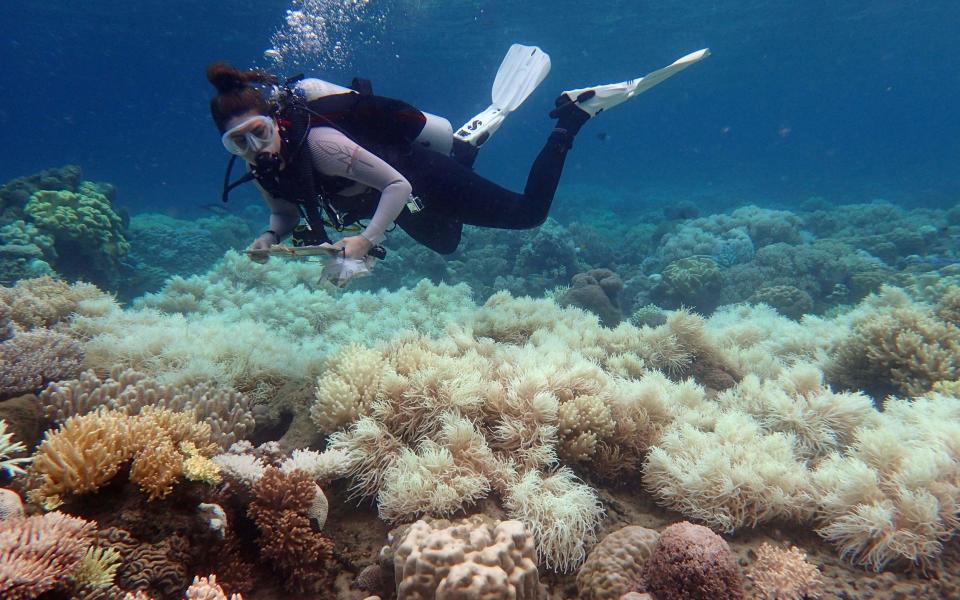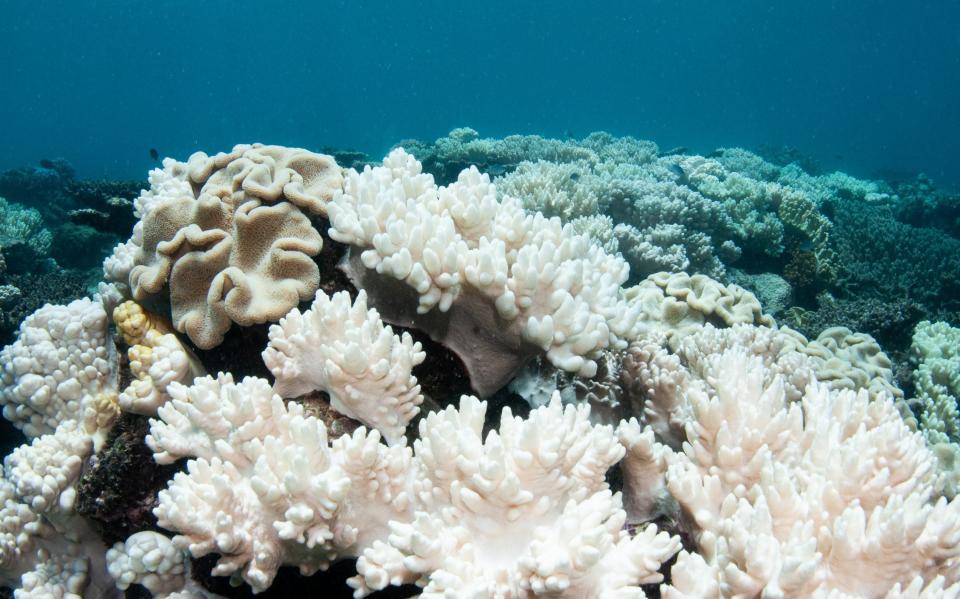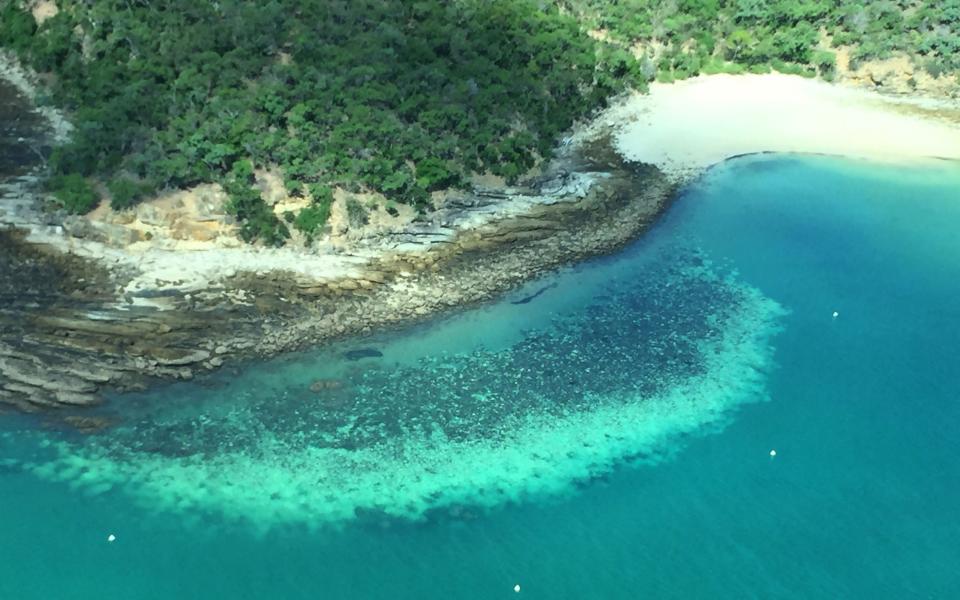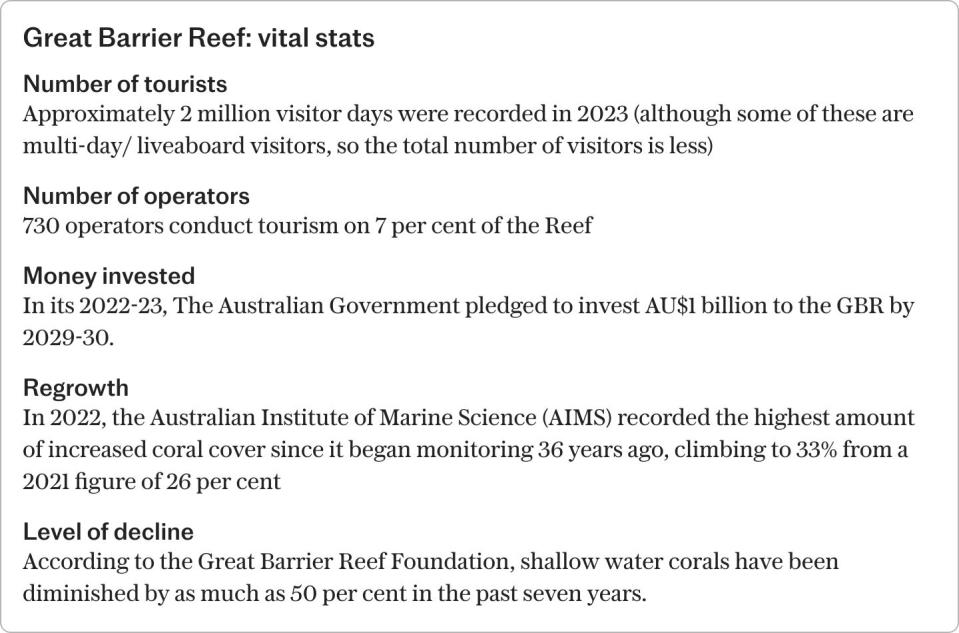As one of the world’s most remarkable natural wonders, the Great Barrier Reef has come under intense scrutiny. It covers an area of approximately 133,000 square meters, larger than the United Kingdom, Switzerland and the Netherlands combined. But in recent years it has received less attention for its richness, color and wonder, and more for the fact that it is “dying”, or “dead”.
Competing claims suggest, on the one hand, that you should see the reef before it’s too late (a 2017 study published in the Journal of Sustainable Tourism claimed that 69 percent of visitors to the Reef were motivated by “ last chance tourism”) and, on the other hand, that it would not be irresponsible, or unethical to visit.
However, what is often not understood is that only 7 percent of this vast area is used for tourism. Nor do we often hear that, since 1997, no new licenses have been granted to operators (each with a designated dive site), or that visitor numbers are carefully managed.
That’s not to say the Reef isn’t in trouble. Rising sea temperatures and rapid bleaching had a devastating impact, as did violent storms and outbreaks of predatory Crown of Thorns starfish, which feed on coral polyps.
Cairns is the “gateway to the Reef” of Tropical North Queensland, and it takes around 90 minutes to reach most dive sites. The trip gave me plenty of time to ask Alan Wallish, MD and Founder of Passions of Paradise catamaran, about his thoughts on the future of the reef. He has been operating here for 30 years and his love and knowledge of the underwater kingdoms is evident, as is his desire to preserve and restore it.
Our timing was unfortunate in one way; impeccable in another. “My phone has been ringing all day,” he said, grimly. On the day of our trip, another mass coral bleaching event – the fifth since 2016 – had been reported by the Australian Institute of Marine Science (AIMS), in collaboration with the Great Barrier Reef Marine Park Authority.
“This is the headline that news outlets will be running,” he said, “but there is an urgent need to counter the negative information with the other realities of the situation.”
An example of this? I always assumed that the bleached coral was dead coral: however, it is not. “When temperatures rise, coral is stressed and reacts by expelling the algae that give it color,” Wallish explained. “Provided the temperatures drop – as you would expect after summer – they can recover several times, and be done.” As sensitive and delicate as it is, coral is – or can be – reliably resilient. In fact, according to Reef Restoration Foundation CEO Ryan Donnelly, coral fragments “grow back stronger, and all corals have a natural adaptive capacity.”

In 1997, as part of the Federal Government’s $15.1 million Tourism Reef Protection initiative, the Great Barrier Reef Marine Park Authority launched Eye on the Reef, a citizen science program. Initially Passions of Paradise only offered this reef tour as an add-on once a week but, thanks to demand from snorkelers and divers alike, it now operates daily.
Accompanied by a “Master Reef Guide” and equipped with a waterproof clipboard and pen, I descended into a vivid yet quiet world and began to conduct a survey, the results of which would be sent to a central hub and together with the comments of the other underwater explorers . .
We counted fish, as well as corals; the former wouldn’t be doing their quicksilver dances in clouds of color like that if the latter weren’t in decent shape. Even the presence of sea cucumbers, which is not nice as they are, is a source of joy: they are called “janitors of the sea”, they play a vital role in the health of the reef.
However, back at Cairns’ Marlin Marina, the crowd is overwhelming. The large number of boats waiting to welcome visitors on board seems unsustainable. In a climate where over-tourism threatens the beauty and even existence of certain destinations, it’s no wonder that reef tourism raises eyebrows.
All tourists pay a “reef tax” in their exploration costs – funds dedicated to replanting and research. Furthermore, as I discovered on my recent visit, many of the operators are passionate not only in their fight for the health and regeneration of the Great Barrier Reef but in their determination to raise awareness of its resilience.


Many vessels have received eco-certification and, in addition to the expected warnings, about not touching, removing or kicking the coral. We listened on board to educational talks about reef health and conservation. Certainly, the dive-vessel-cum-booze-cruise I embarked on long ago was nothing like this.
I also learned that there are limits to what is observed when bleaching news first hits the headlines. The surveys are carried out by trained observers rather than citizen scientists – not to be confused with Eye on the Reef – but their initial aerial observations show only the topmost corals, in the warmest waters.
Furthermore, the vast majority of visitors to the Reef will see it by glass-bottom boat (“glass”, as they are called locally) or by snorkelling, so the risk of negativity is exacerbated. Diving to 18 meters, the maximum allowed with Padi Open Water certification, or to 30 meters, as an Advanced Diver, gives a more colorful perspective.
“Professional photographs in magazines are very vivid,” explained the team on the Sailway trip from Port Douglas, “but what is rarely understood is the use of huge underwater lights, which make the sea appear brighter and on coral – and that’s even before photoshop. It sets unrealistic expectations that can keep people away, along with ‘state of emergency’ reporting.”


I can’t stress it enough: the Great Barrier Reef is in trouble, as are all reefs in the world, and what makes this even more troubling is that it exists with a cheek and a World Heritage Site beneath it fierce defense, The Daintree. Rain forest. It is terrifying to think that this CO2 vacuum (about 463 square meters) is not enough to stop acidification; that a person who has never visited the Reef and could never visit will affect its health in a way that a responsible visitor could not.


Fundamentals
Sarah Rodrigues was a guest of Tourism Tropical North Queensland and Tourism Australia.
Luxury operator cazenove+loyd offers bespoke trips to Tropical North Queensland, with eight-night stays at the Shangri-La Cairns and Sheraton Grand Mirage Port Douglas, including transfers, local guides and a Great Barrier Reef tour from £ 3,000 per person. . Flights start from £919 with Singapore Airlines.
It is $410/£213 for snorkelers and $510/£265 for divers which includes two Passions of Paradise Great Barrier Reef tour divers and a Marine Biologist for a Day programme.